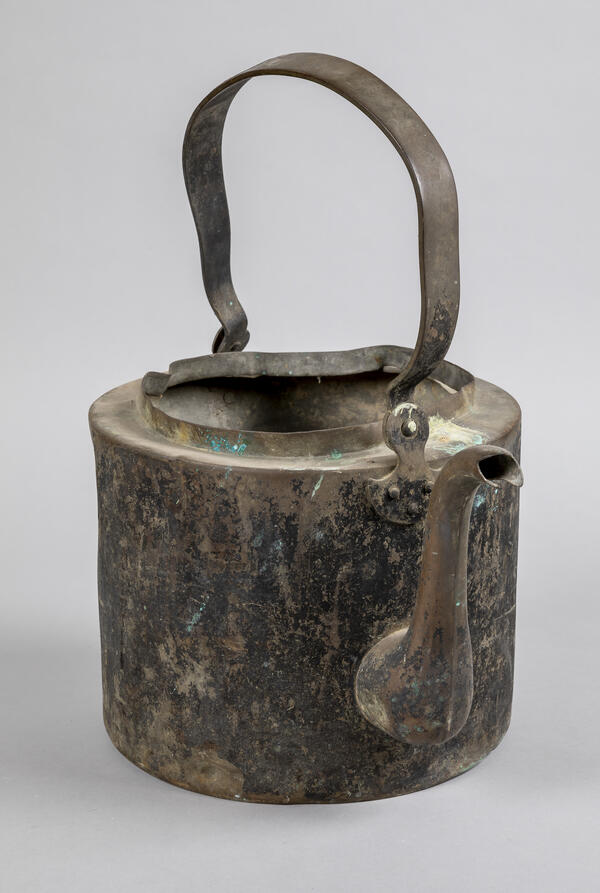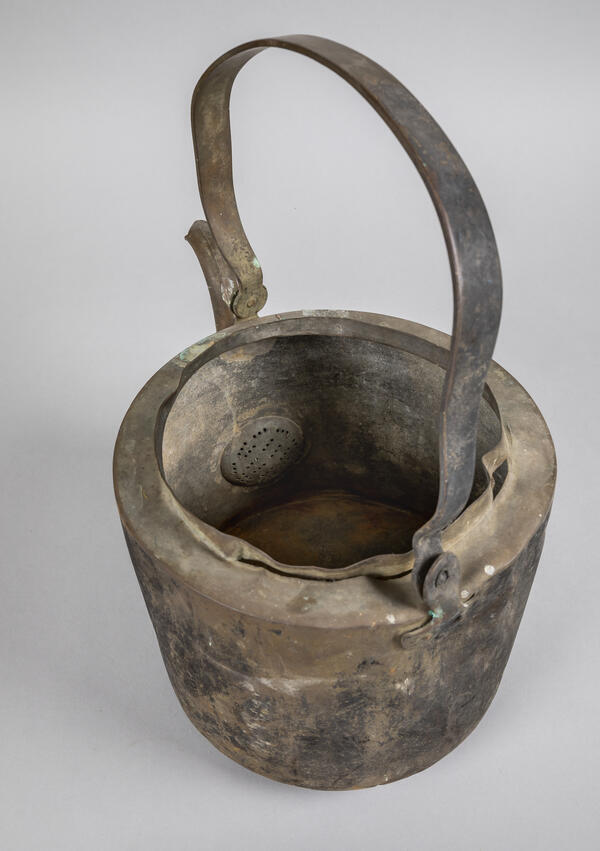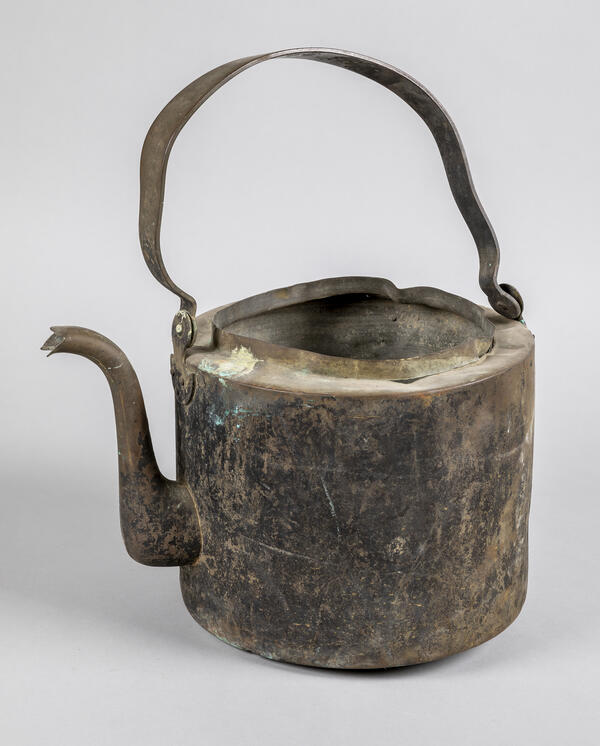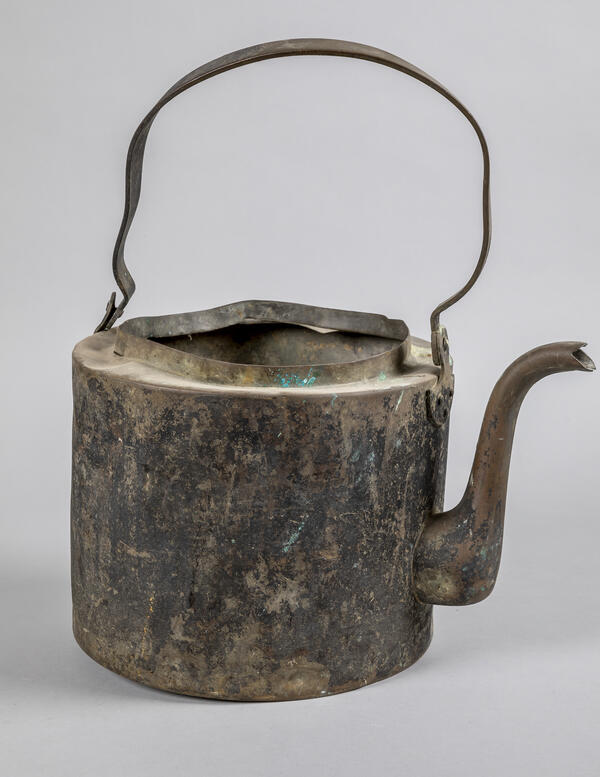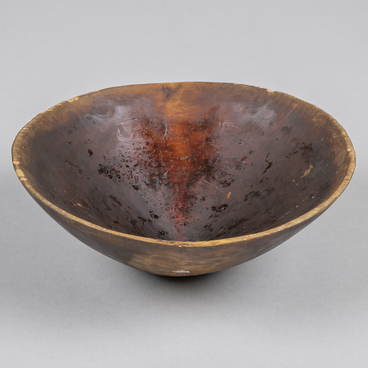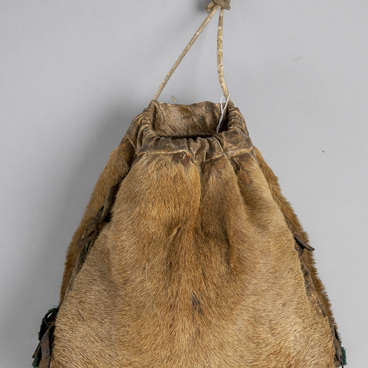When Yekaterinburg stopped minting square coins — the so-called “plat” coins (the value of such a coin was equal to its weight) — and the minting of new ones was not yet established, Georg Wilhelm de Gennin decided to compensate the factory expenses at least in some way. This is how the Yekaterinburg copper tableware factory appeared with others soon following suit.
In 1734, factories near the IrgIna River produced cast dishes (like — pots, cauldrons and copper pots) and chiseled utensils (for instance, mugs, kungans, tubs, quarters and kettles), as well as distillery devices (cauldrons with pipes).
Technological methods and tools developed at the Ural factories for making copper tableware began to be used for manufacturing samovars
By the 1730s, at the Yekaterinburg factory the body and the individual parts (pallets, spouts, handles, lids, etc.) of a kettle or any other copper utensil were made separately and then attached by riveting and soldering to the body.
The body of the samovar was made on a special anvil called a “mare”, which later became used in all samovar factories and workshops.
These products were supplied to Balakhna, the Irbitskaya and Makaryevskaya fairs, Kungur, the state-owned Yegoshikhinsky (currently Perm) factory, to the Yaik River. Tableware was also directly sold at factories. From the 18th century, copper utensils made their way from these factories to the taiga — to the Khanty peoples.
Khanty and Mansi valued the stimulating properties of good tea. It was believed that it gave strength, so before going hunting or on long journeys, people would drink some tea. “Brick”, black and green tea were exported from China to Siberia. Brick tea was easily stored and transported. It was also resistant to humidity and temperature changes, thus the taste and aroma could be preserved for many years. The people living near the Ob River developed their own recipe for a tonic drink, the key ingredient to which was fat. This enhanced the aroma of the drink, gave it a unique taste, and most importantly, made one feel warm. Chinese brick tea was expensive, so herbs or chaga mushrooms were often brewed instead.

